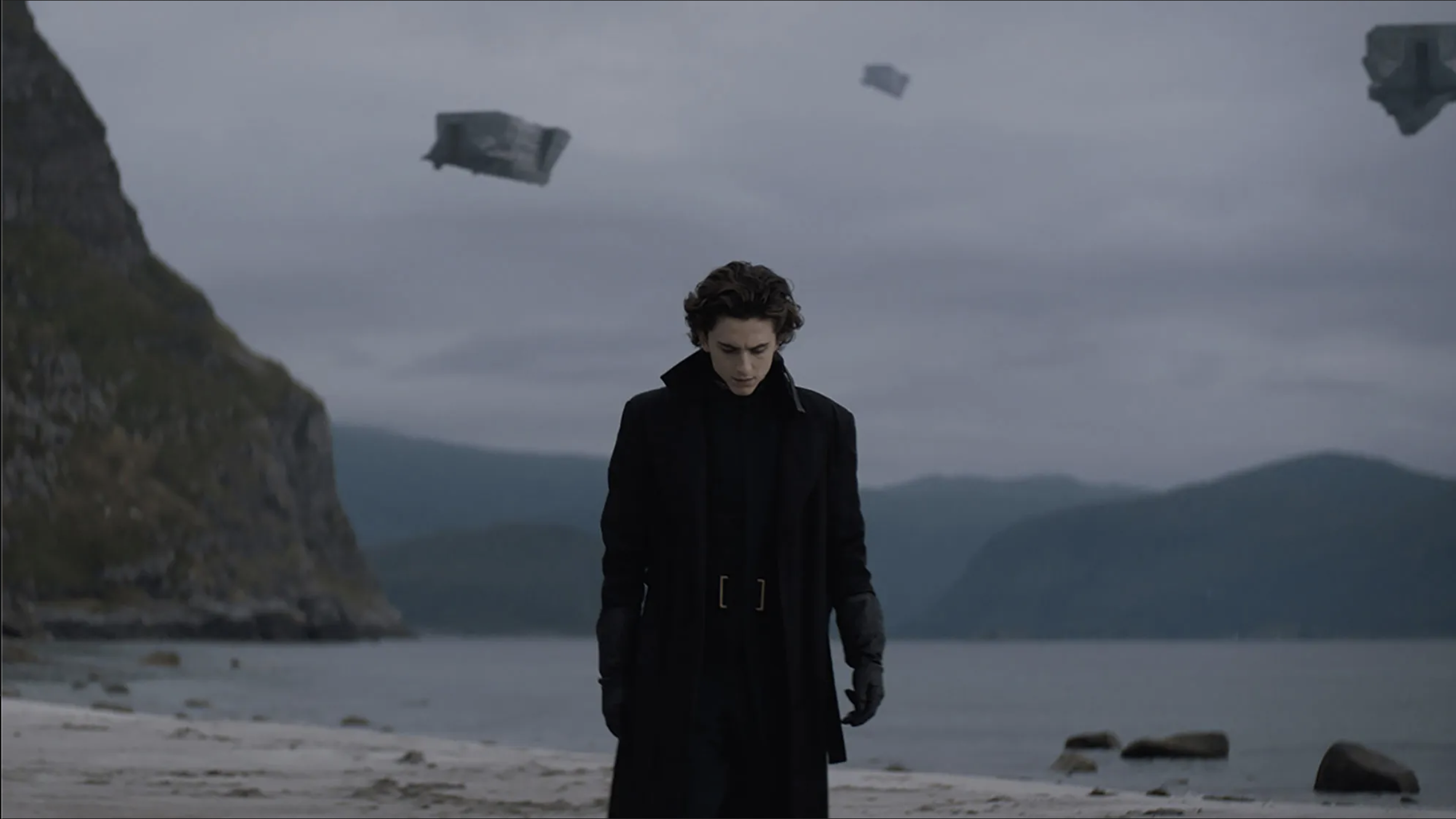Table of Contents Show
The Dune movies are an experience, which is probably the best way to surmise them. They are weird and expansive and play in a sandbox about as vast as the planet they are set on. In addition to the smattering of miniseries that have been released over the years, fans of Dune have not one but two movies covering the first book (or first half of the book, in the case of the 2021 film) under their belts. It does raise the question, though, why they decided to make a second film and are looking into greenlighting the third movie if there’s already a Dune movie, especially considering while both movies adapt the source material, the 2021 Dune is about as far as a one-to-one remake as a movie can get.
At this point, comparing the two movies is almost like comparing apples and oranges, if the apple was put through a meat grinder and reformed into a vague approximation of fruit. The orange was sliced in half, with the other chunk put in an industrial safe to ferment until it is time to stitch them back together. Comparisons will inevitably be made between the two, though, because the two being as different as they are makes you want to take a sliver of both and study them under a microscope to see what makes them tick. If that metaphor was at all confusing, well, welcome to Dune.
Production & Background
Looking at the production of both of the movies, and honestly, the numerous messy, failed, occasionally downright ugly attempts at making Dune into a feature film explains a lot about the two films and why they are the way they are. A good way of thinking of it is that the 1984 movie walked so the 2021 movie could run, but that’s getting a little ahead of things. As mentioned, previous attempts to make Frank Herbert’s book into a feature-length film failed in some way. Chilean-French director Alejandro Jodorowsky acquired the rights to the film for cheap in the 70s after then-rights holder Arthur Jacobs passed before finishing the script.
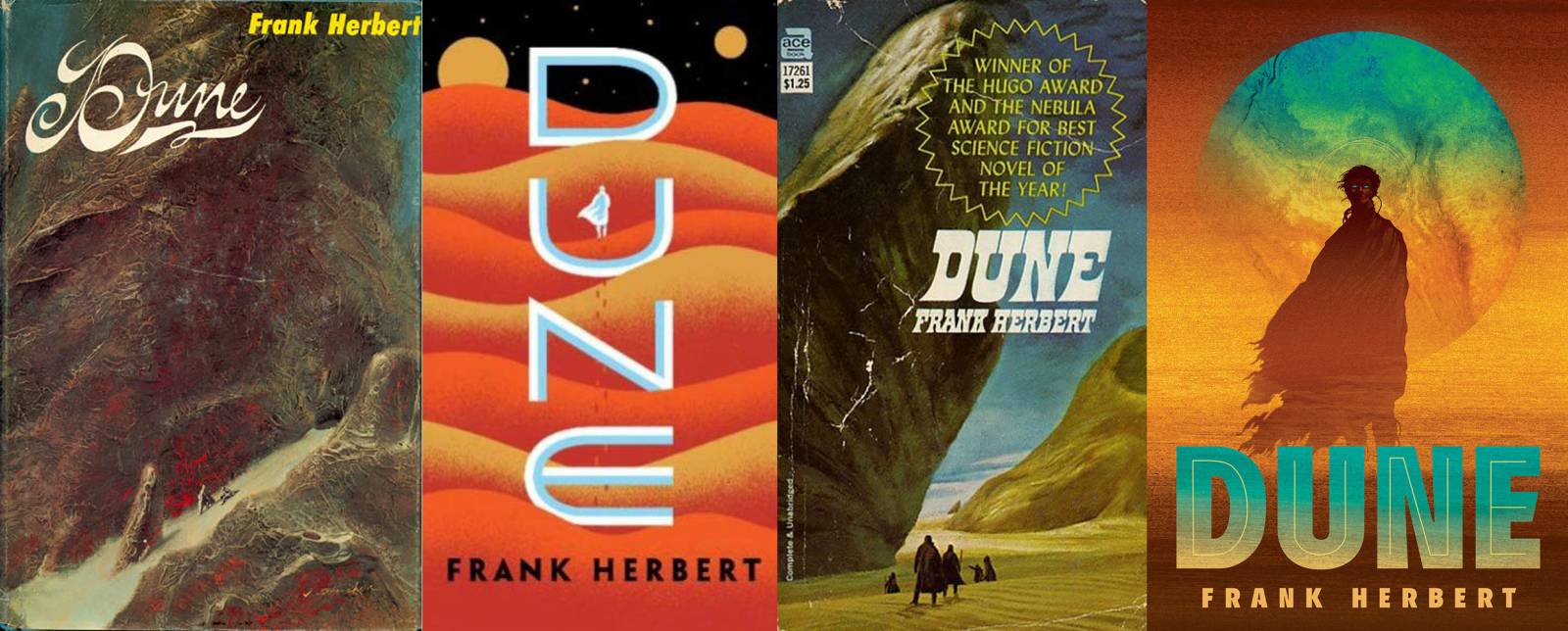
Herbert, Frank. “Dune” Chilton Books. 1965.
Jodorowsky’s movie script, which he only wrote because he had a prophetic dream telling him to do so, clocked in at an outrageous 14-hours long. Not as a series, but as a singular unbroken line of film. To the surprise of no one, considering the ridiculous amount of money it would take to produce a behemoth like that and the fact they tried to hire Salvador Dali to the tune of $100,000 per minute, the movie, shockingly, never got off the ground (( Jensen, K. Thor. “The Long, Strange Story Of Dune’s Movie Adaptations.” PCMAG, PCMag, 20 Oct. 2021, )). This would be an omen of what was to plague any and all attempts moving forward.
David Lynch’s “Out Of Sight Out Of Mind” Dune
A movie has fundamental problems when even the director disowns the work and wants his name stricken from the record. What this says about the quality of the 1984 movie is up for debate. Still, it does speak volumes about the problems Lynch faced during the development and filming process, and the source of quite a few of Dune’s (1984) universally criticized aspects. Producers Dino De Laurentiis and Raffaella De Laurentiis actually reached out to Lynch instead of the other way around. Lynch agreed to the film because he saw the rich world Herbert built and the potential to build four distinct worlds within the span of a few hours (( Phipps, Keith. “When David Lynch Took on the Impossible Task of ‘Dune.’” The Ringer, The Ringer, 20 Oct. 2021, )).

Lynch, David dir. Dune. 1984.
Unfortunately, like Jodorowsky’s attempt before him, not only did he encounter budgetary constraints, there was also the issue of runtime. Lynch claims that around a third of the movie was cut to fit the expected runtime — roughly an hour of movie erased if the final script for the film is to be believed (( Lynch, David. “Dune (1984).” Dune (1984) Movie Script, SyFy. )). Lynch was also, by his own admission, inexperienced at writing for Science-Fiction (( Kurchak, Sarah. “Why Frank Herbert’s Dune Has Proved so Hard to Adapt.” Time, Time, 20 Oct. 2021. )). A lack of experience with the genre combined with the butchered nature of the narrative because of the trimmed-down runtime caused the movie to be panned as a critical flop. As a direct result of this, Lynch struck his name from later releases of the film out of sheer disdain for how Dune (1984) was treated by Universal Pictures during production and was received by audiences during release.
Villeneuve’s Smooth Sailing With Dune (2021)
Unlike David Lynch, Denis Villeneuve did have Sci-Fi credits under his belt with Blade Runner 2049 and Arrival, which is what he credits to him accepting the offer to direct what would be Dune (2021). Unique to Villeneuve’s adaptation is that the 2021 movie is, unlike its hypothetical and critically-flopped predecessors, only the first half of a duology and was designed as such, even if the second movie was only recently greenlit after the positive reception Dune (2021) garnered (( Whitten, Sarah. “‘Dune’ Sequel Greenlit by Legendary and Warner Bros.” CNBC, CNBC, 26 Oct. 2021. )).
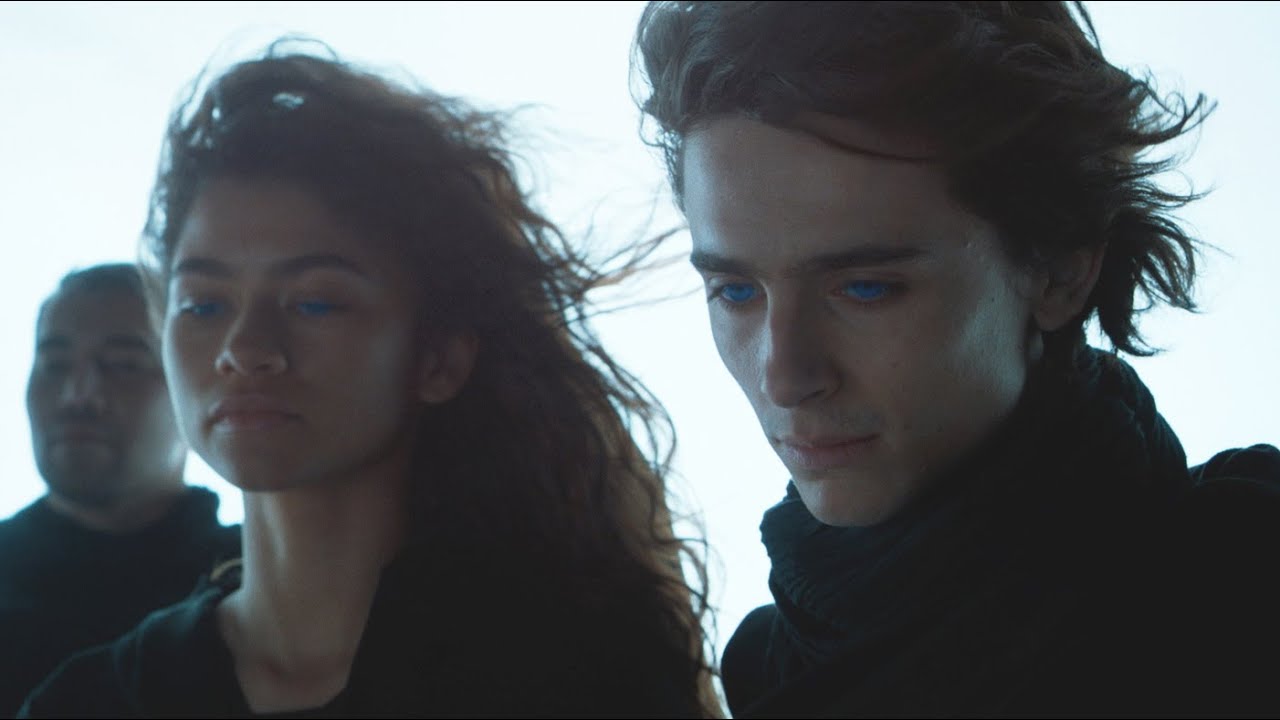
Also, unlike the attempts before it, the only publicized issue with producing Dune (2021) lies in the delay in its release following the COVID-19 pandemic — it was initially scheduled for a December 2020 release; however, it was pushed back to October 2021. Comparatively, aside from a shuffle of collaborators coming onto the project only to leave it before production started, Villeneuve’s Dune seems to, at least as far as public knowledge goes, broken the curse of Dune movies having something go horribly wrong — a bit of a miracle.
‘Dune’ Versus ‘Dune’
Production aside, the two movies could not be more different. In an interview with Empire World, Villeneuve said:
“So it’s like, I remember being half-satisfied. That’s why I was thinking to myself, ‘There’s still a movie that needs to be made about that book, just a different sensibility.’”
Travis, Ben. “Dune: Denis Villeneuve On Being ‘Half-Satisfied’ By David Lynch’s Film – Exclusive.” Empire, Empire, 2 Feb. 2020.
And that while he took inspiration from Lynch, just as Lynch took inspiration from Jodorowsky, his primary source of inspiration was Frank Herbert’s book. Between production issues and not being able to control the film’s final cut, it’s no wonder Lynch’s film turned him so sour on his own movie. But what’s done is done, and two movies are adapting the same source material, so of course, the question is going to be asked: what’s the difference?
Film & “Props”
Setting aside things like characterization and pacing in the two Dune movies, there is one more key place the two differ, and that is how they are filmed. One takes an approach rooted in an almost stage-like origin, and the other plays more authentic to traditional movie techniques cranked up a degree. Both might serve to encapsulate a feeling of otherworldliness, but otherworldliness isn’t always a good thing in an already strange and winding movie.
‘Dune’ (1984) And The World As A Stage
Disregarding that one movie was made in the 1980s and the other in the 2020s and the effect that is bound to have on the “crispness” and perceivable age of the footage, Dune (1984) certainly hasn’t aged the best, especially compared to its counterpart. While this may have been the copy of the movie I had access to while watching it for this article, it almost looked as if it had a layer of dust covering everything within scenes, even when not on Arrakis in the deserts. The more muted colors and the lack of visual clarity in the older film make it fuzzy, indistinct. The camera work of Dune (1984) felt static, clinical. Close-ups and wide shots and little else — the characters were framed either one at a time or all within a scene. In a way, it looked more like a stage production than anything. Whether this is to any specific viewer’s tastes is up for debate, but it certainly gives the movie different vibes than basically any other movie — stilted, alien, and more than a little off-kilter.

It is a little strange to call it a film because it is more like a stage act than anything else in many ways. Between the characters monologuing to themselves in muted whispers, or the camera work focusing on the sprawling deserts, or the one singular character speaking with little perspective or dynamic camera angles, it’s like watching from the perspective of someone who never experienced reality try to navigate life itself. One thing has aged well in Lynch’s movie, and no, this does not mean the very, very, very dated CGI that makes the characters’ electronic shields. The practical effects and the framing of one particular element in Dune (1984) still blow many modern movies completely out of the water: the worms.
The worms in the Lynch Dune are stunning. Bolts of lighting accompany them as they rise from the sand surely as the sun rises over the horizon, their massive forms dwarfing every single other thing in the shot. They feel like a creature to be feared, and they move like creatures from a child’s nightmare, something they probably induced a lot of. It’s a sensory treat whenever they grace the screen, helped in no small part to the guitar and synth tunes played by rock band Toto — they are magnificent, and it’s no wonder why a culture would take to respecting and almost deifying a being like them.
‘Dune’ (2021) & The Idea Of Cinema
This is not to say the worms in Villenueve’s Dune (2021) are not a sight to behold either. On the contrary, fitting in a series that places so much emphasis and importance on worms, they are given their own spectacle. When placed in Dune (2021), an atmosphere that emphasizes the grandiose expansiveness of the settings, though, they lose a little bit of that awesomeness and that strangeness that made the 1984 worms so stand out by fitting in with the rest of Dune (2021) a little more. Of course, there are worms on Arrakis — it’s an alien planet, and those might as well have giant sandworms. But who would ever expect giant maneating worms to burst from the ground with cracking electricity and a rock ballad?
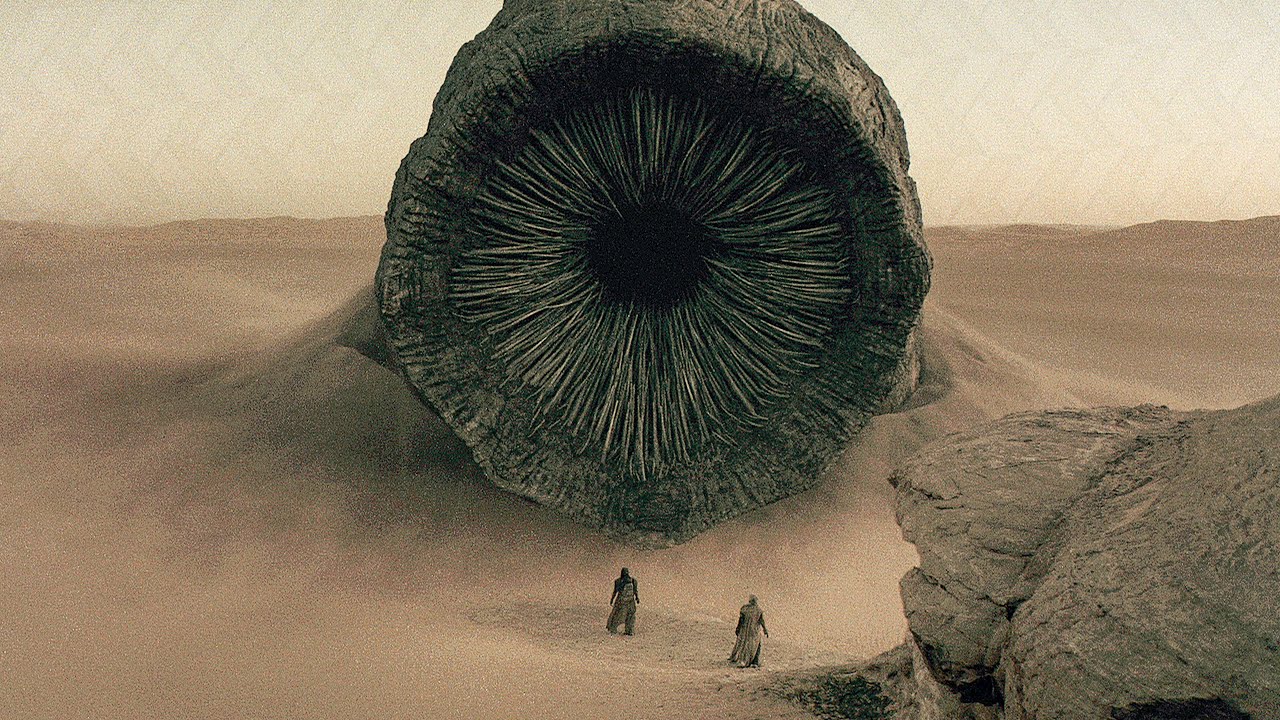
The worms may not be quite as much of an exhibition in Villeneuve’s 2021 Dune, but this adaptation makes better use of dynamic angles and movement and shots that help build the emotion of a scene. When combined with brighter colors even on the overcast Caladan and the industrial Geidi Prime, Villeneuve’s Dune springs to life. Each visual element distinguishes itself from the last — that last example of Caladan and Geidi Prime embodies this beautifully, as the first time Geidi Prime is shown is following a series of shots that sets Caladan as a lush, living world. This contrast between them even serves to place the Atreides on Caladan firmly on the side of the view compared to the cold, militaristic Harkonnens on Geidi Prime, something Lynch’s Dune accomplishes only to a lessened degree.
Dune (2021) is a movie where you could stare at some of the scenes for hours, taking in the sheer eye candy of shots stuffed to the brim with strange spaceships and almost-familiar landscapes.
Pacing And The Dreaded “Exposition”
The Lynch movie was cut down pretty significantly from what the director first imagined, and the Villeneuve movie is the first half of a duo that was never guaranteed to be a duo in the first place. Adding in that the Dune book is quite the read, you have an interesting smattering of possible outcomes for what the pacing of both films could have been like. Looking at what they actually are, it’s clear that the movies’ origins shaped the plots — and how the plots are presented.
Four Minutes of Exposition: ‘Dune’ (1984)
If the pacing of Dune (1984) feels cramped or rushed, or choppy, one only needs to remember the slicing and dicing that happened to the footage to get the final cut. The movie would have had its work cut out for it adapting the narratively dense book into a singular film, to begin with. Still, with what were likely vital chunks removed at virtually the last minute, Dune (1984) relies heavily on exposition. Famously, or infamously, if you’re so inclined, the film begins with a shot of a blue-screened starry background with the floating head of a woman who delivers somewhere in the ballpark of four minutes or so of exposition about what the movie actually is — key players, key settings, what the characters are in dispute over.
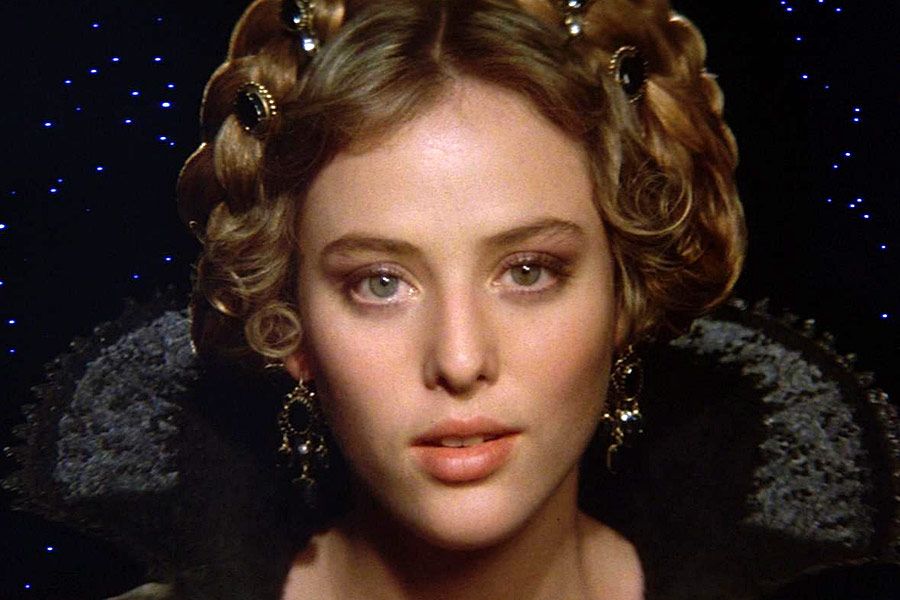
If that wasn’t enough exposition, most of the time when information needs to be relayed to the viewer, it comes either as a sort of monologue broadcasting the character’s internal thoughts, exposition to the character by another, or sheer broad-faced no bells and whistle voice over like the introduction. With that exposition also comes unfortunate pacing problems. The movie takes its time establishing the characters and settings and situations in the first “half,” so much so that the last forty-five minutes is a race to the finish and crams a significant amount of content into a short timeframe — it can be hard to keep track of who is who and what is what if unfamiliar with the source material, but Dune (1984) really tests how far a movie is willing to be incomprehensible to new audiences. Movie critic Janet Maslin wrote:
“Several of the characters in ”Dune” are psychic, which puts them in the unique position of being able to understand what goes on in the movie.”
Maslin, Janet. “Screen: Science-Fiction Epic, ‘Dune’.” The New York Times, The New York Times, 14 Dec. 1984,
Having a synopsis of the movie is almost necessary to crack open Dune (1984) — it stuffs itself with literally alien terms, people, locations, and yet despite the extensive exposition, the disjointed pacing makes it difficult to decipher what anything means in a reasonable time.
First Half Of An Epic: ‘Dune’ (2021)
It feels a little unfair to compare the pacing of Dune (2021) and Dune (1984) with the wildly different productions and edits they undertook, especially with Dune (2021) being, technically, the first half of what can sort of be viewed as a five-hour-long movie. But, regardless, that comparison will be made, and the subjective positives skew more towards Dune (2021). Splitting this movie in half, with the other “half” being a thought form at best until the Dune (2021) proved itself worthy of being finished, saved itself from falling into a lot of troubles the initial adaptation experienced. For one, there’s no space-woman (who is for the record mentioned to be the Emperor’s daughter once in passing) giving the audience a cheat sheet of what very well could be nonsense.
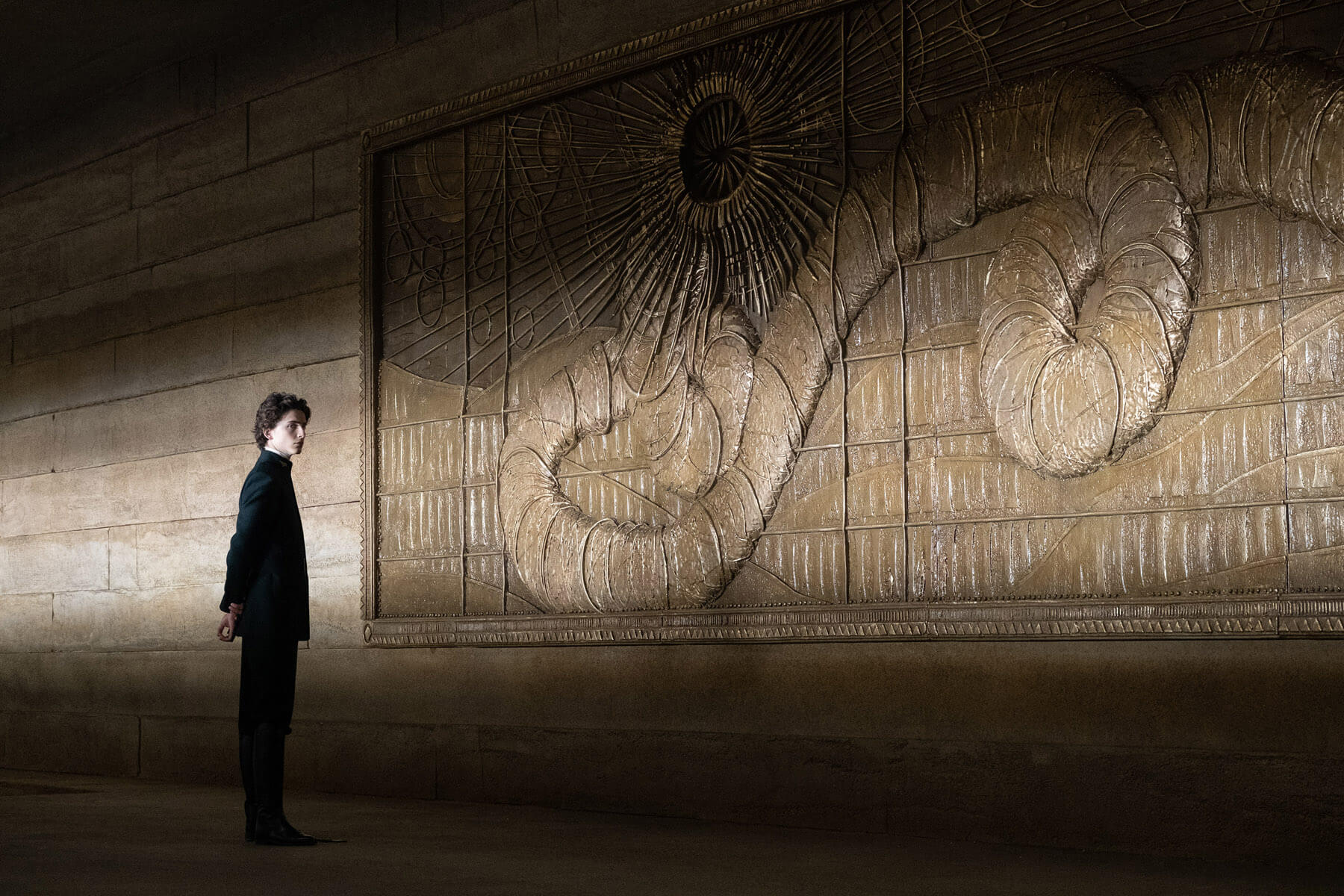
Dune (2021) breathes in a way its counterpart doesn’t, and it feels natural, alive. This is helped by the fact that exposition is used significantly less and characters interact with other characters like people. When there is exposition, Villeneuve keeps it short and swift, or at the very least uses the visual nature of film to include some sort of accompanying video. Characters are allowed to make implications, have thoughts kept to themselves, and leave things unsaid, unlike in the Dune (1984) film, where that movie would likely have been incomprehensible without its exposition.
Characterization
The final and biggest point of comparison between the 1984 and 2021 Dune adaptations is how the characters are utilized. One places the bulk of its focus on the unfolding plot, and the other allows the plot to unfold because of its characters.
Characters In ‘Dune’ (1984)
Dune (1984) spends comparatively little time getting to actually know the characters, which is not necessarily a bad thing but it exchanges chances to deepen the characters with chances to work through the plot, something that this Dune struggled with already. As a result, characters like Paul Atreides go from the son of a duke to leader of a religious war on Arrakis (and the white-savior narrative that stems from this is, truly, another article in and of itself) begin as semi-realized characters by the time the film begins. Paul can’t grow due to the constraints of filming; ergo, he begins the movie completely grown into himself. He is confident, capable from the start, and hardly expresses any doubts about his situation and status.
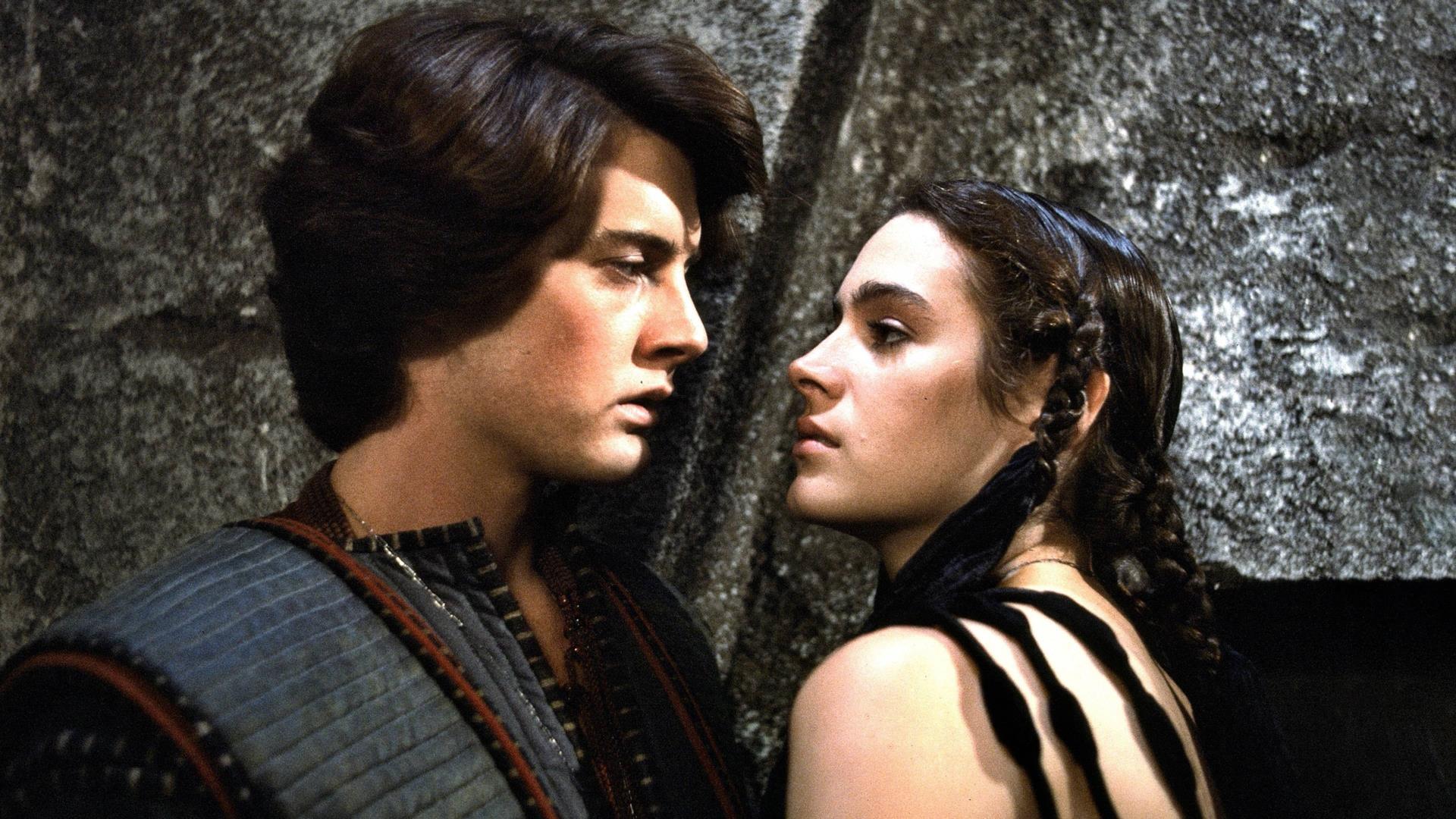
Moreover, Paul’s untouchable in a weird way; focusing on the characters would also mean letting the characters build and cultivate relationships with each other, so Dune (1984), again, sacrifices that for the sake of moving the cramped plot forward. You are told Duncan and Paul are friends and close, you see the cartoonishly evil Baron scheme and rally against house Atreides, you see Paul eventually get together with Chani — you see it, but you don’t quite get to experience it.
‘Dune’ (2021) & Character Narratives
The 2021 Dune places far more weight on the characters and how they interact with each other and their situations. Because the movie has much more time to manage the plot, it can afford to do so without sacrificing narrative progression. Again, the best example of this is in Paul Atreides, who remains the character with the most screentime. In this version of the film, Paul hesitates, is nervous, and at one point actively bucks his role as the prophesied savior of the Fremen. Paul clearly needs to develop into himself more, but as he is, Paul also has a definitive network of people around him to go to for advice and help.
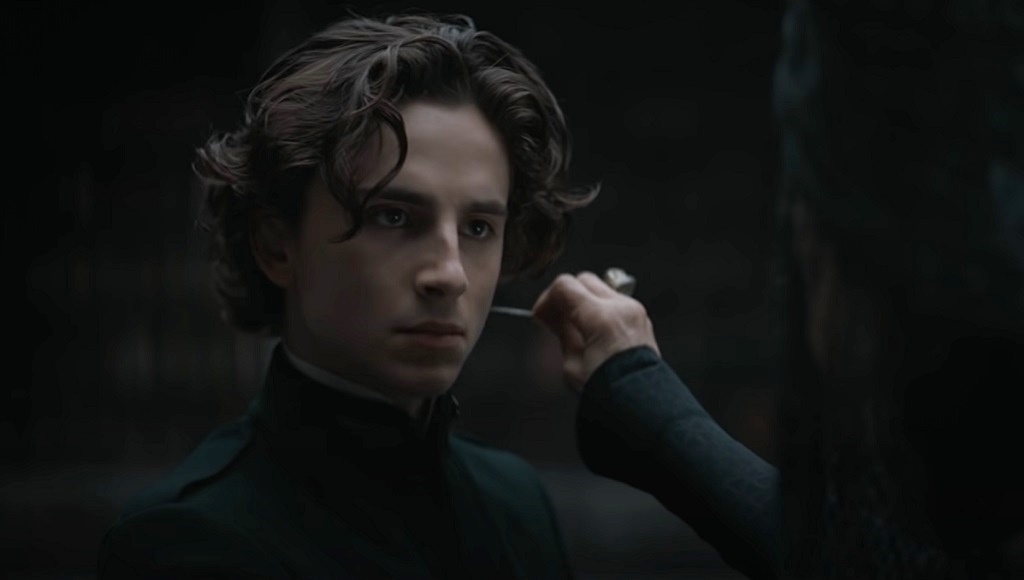
Paul’s relationship with Duncan gets proper elaboration and solid expansion; meanwhile his mother Jessica and his father Leto have intimate scenes together where they express desires, regrets, something that the 1984 adaptation would have never had time for. The characters and their desires move the plot. For instance, the Baron of House Harkonnen, unlike his flamboyant and eccentric 80s self, the 2021 Baron genuinely reads as a threat. In contrast, Duke Leto of Atreides reads as a stable, compassionate force because of the scenes designed to emphasize these qualities.
The ‘Dune-verse’
There’s merit in both, whichever Dune movie you like, but there is no denying how different the two are. One has decades of nostalgia and fan dedication backing it, and the other is responsible for a new wave of Dune fans to flood fan spaces and breathe new life into the series. Under circumstances outside of its control, the 1984 Dune struggled with its telling. The 2021 Dune retroactively fixes some of the most glaring issues — pacing, character development, and modern filming techniques that better show how alien yet utterly fascinating Dune as a series can be.
Dune (1984) walked so Dune (2021) could run, and fans of the series get not one, not two, but three movies to experience the series in different, fascinating lights. Whether it be David Lynch’s surreal stage production or Villeneuve’s crafted cinematic experience, both embody elements of Frank Herbert’s original work that the other does not — if comparing the two is like comparing apples and oranges, well, simply take each for what it is and appreciate the good (and laugh at the bad).
